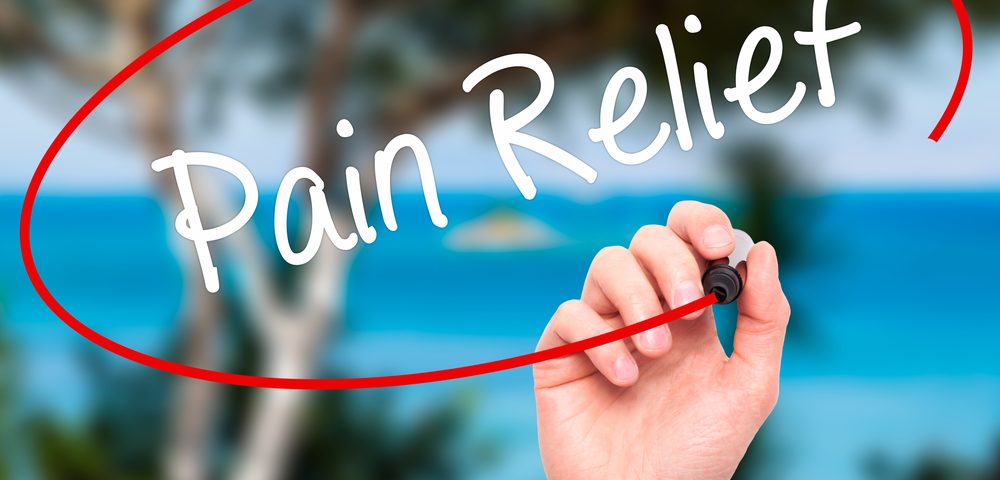Second in a series about columnist Jessie Madrigal-Fletcher’s decision to quit taking painkillers. Read the first part here.
Last week, I shared my experience of quitting painkillers. However, going painkiller-free doesn’t mean doing or taking nothing to ease the pain. In my case, it involves adopting an array of tools that make living with endometriosis more bearable. Following are some of the things that have helped me:
My trusted TENS machine
This clever little gadget works by delivering small electric pulses through electrodes that are applied to my abdomen. It acts as a type of “signal scrambler” between the nerves and the brain. It is also thought to encourage the body to produce endorphins, a morphine-like pain-easing hormone.
Pros: Transcutaneous electrical nerve stimulation (TENS) machines can easily be found online. They are portable and very easy to use. My own TENS machine has been life-changing. I couldn’t live without it.
Cons: If you’re in a lot of pain and max the intensity levels, it can feel like small, yet very uncomfortable electric shocks. You also must remember to check that it’s always fully charged in case a bad flare-up occurs.
CBD oil
Also known as hemp oil, cannabinoid oil is extracted from the cannabis plant. Unlike when smoking the plant itself, CBD oil does away with the THC component, eliminating the mind-altering effects. It is legal in Europe and the U.K. — where I live — and some doctors are starting to prescribe it. It is also legal in Australia and about 44 states in the U.S., but not every country is open to it. It’s worth checking out whether it’s available where you live.
Pros: It works at reducing pain, especially oils with the highest concentrations. It also really helps with nausea and anxiety during PMS.
Cons: It doesn’t taste great, and unless your doctor can prescribe it, it’s quite expensive. Additionally, because of laws about cannabinoids, you will not be able to travel everywhere with it.
Quitting inflammatory foods and introducing turmeric
Changing my diet has had a dramatic effect on moderating my pain levels. For the first two months after switching to an almost completely plant-based diet, I thought it was a fluke. However, as time went on, I noticed how my pain levels had significantly decreased and even remained low. As well as avoiding inflammatory foods such as meat, wheat, and dairy, I have included turmeric in my breakfast smoothies, which has reduced my menstrual bloating.
Pros: Eating differently has also given me better skin and improved energy levels. Turmeric has anti-inflammatory properties, and taken as a latte drink, makes for a great alternative to coffee.
Cons: A diet change is not an easy feat, and turmeric will stain everything you own.
Other pain management tricks I favor include the classic hot water bottle, light walks, and mostly, being kind to myself.
With endometriosis, you don’t need to be an endurance hero when you are already a champion for getting up every day. Chronic pain is too limiting to be left to wreak havoc with your life. Working out the essentials of your own life toolkit and keeping them handy will do wonders for your health and happiness.
***
Note: Endometriosis News is strictly a news and information website about the disease. It does not provide medical advice, diagnosis, or treatment. This content is not intended to be a substitute for professional medical advice, diagnosis, or treatment. Always seek the advice of your physician or other qualified health provider with any questions you may have regarding a medical condition. Never disregard professional medical advice or delay in seeking it because of something you have read on this website. The opinions expressed in this column are not those of Endometriosis News or its parent company, BioNews Services, and are intended to spark discussion about issues pertaining to endometriosis.

